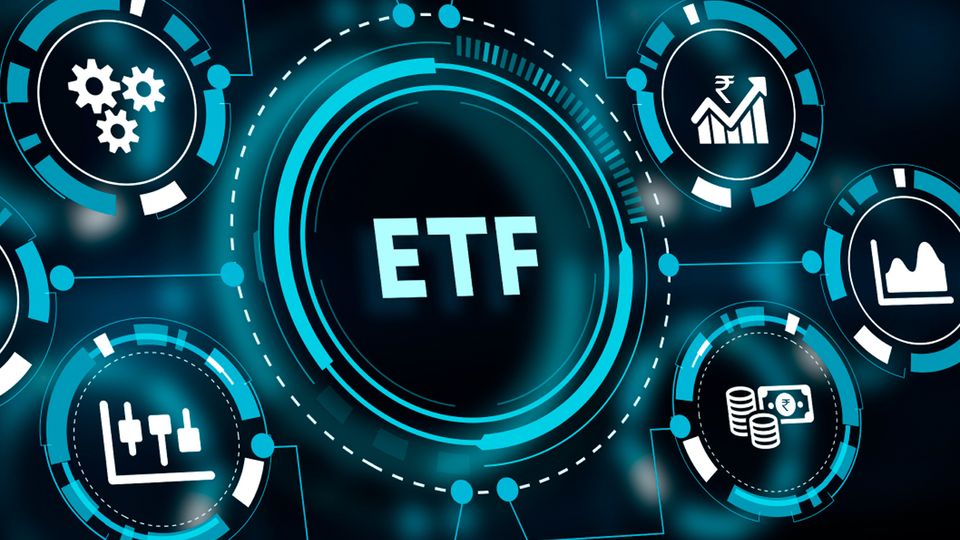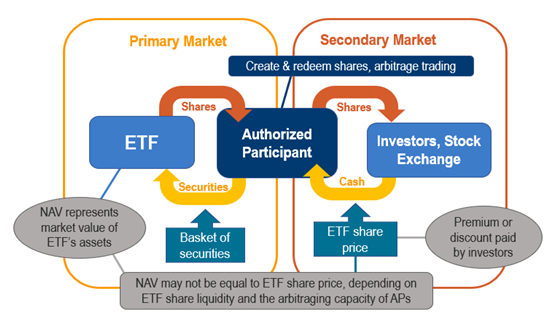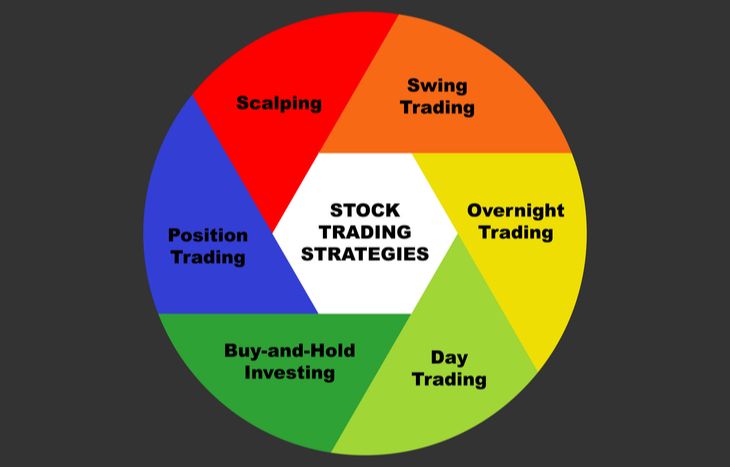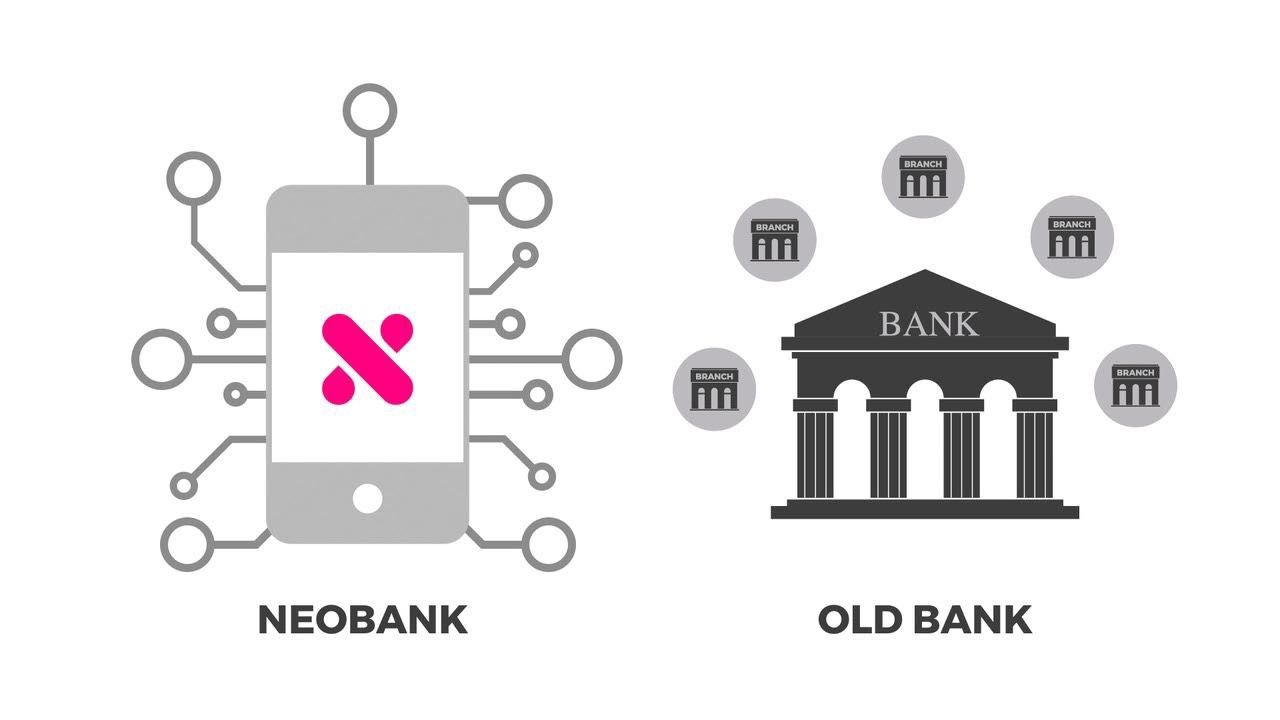The Ultimate Guide to Understanding ETFs: What You Need to Know

Introduction
Exchange Traded Funds, ETFs have been increasing in popularity over the past years as an investment vehicle. Offering a unique blend of diversification, flexibility, and accessibility, ETFs have captured the attention of both individual investors and financial institutions alike. In order to navigate the complex world of investing, it is essential to understand what ETFs are and how they work. This comprehensive guide aims to provide a clear overview of ETFs, including their definition, structure, advantages, and potential risks.
Definition
An Exchange-Traded Fund (ETF) is a type of investment fund traded on stock exchanges like individual stocks. It pools together various assets such as stocks, bonds, commodities or other investments into one single product for investors to trade throughout the day at market prices. By owning shares in the fund rather than directly holding individual securities within it, investors gain exposure to a diversified portfolio without having to buy each security individually.
Structure

The structure of ETFs plays a crucial role in their functionality. There are two primary types of ETF structures:
1) Physical Replication: In physical replication or full replication ETFs, funds purchase all the underlying assets in exact proportion as they appear in the index being tracked by the fund. This approach ensures accurate representation and performance tracking but can be expensive due to transaction costs associated with buying all securities.
2) Synthetic Replication: Synthetic replication involves creating synthetic positions through derivatives such as swaps or futures contracts instead of actually holding all underlying securities. This method allows for cost savings but introduces counterparty risk since it relies on agreements with third parties.
3) Moreover, some specialized strategies include leveraged/inverse ETFs which aim for amplified returns opposite their respective benchmarks—these products use derivatives too.
Advantages
ETFs offer several advantages over traditional investment options:
1) Diversification: Through one single investment, ETFs provide exposure to a wide range of assets, sectors, or even entire market indexes. This diversification helps to spread risk and reduce the impact of individual security performance on overall portfolio returns.
2) Liquidity: ETFs trade on stock exchanges throughout the day at market prices, allowing investors to buy or sell shares at any time during trading hours. This liquidity ensures ease of execution and eliminates concerns about illiquid investments.
3) Lower Costs: Compared to traditional mutual funds, ETFs typically have lower expense ratios due to their passive management style. Additionally, physical replication ETFs avoid excessive tracking errors associated with synthetic replication methods.
4) Transparency: The underlying holdings of most ETFs are disclosed daily, enabling investors to know exactly what securities they own within the fund's portfolio.
5) Flexibility: Investors can use various trading strategies with ETFs such as buying on margin or selling short if available in their brokerage account.
Risks
While offering many advantages, it is important for investors to be aware of potential risks associated with investing in ETFs:
1) Market Risk: Like any investment product tied to market performance, fluctuations in asset prices can result in losses for investors holding ETF shares.
2) Tracking Error: Synthetic replication techniques may introduce tracking errors where the fund's performance deviates from its benchmark index due to factors like imperfect derivatives pricing and counterparty risk.
3) Counterparty Risk (Synthetic Replication): When using derivatives contracts for synthetic replication purposes, there is a risk that the counterparty fails or defaults on its obligations.
4) Liquidity Risk (Specific Funds): Some specialized or niche-focused ETFs may have low trading volumes which could lead to wider bid-ask spreads and reduced liquidity when attempting large transactions.
5) Foreign Exchange Risk (International Funds): Investing in international equity or bond funds exposes investors' returns to fluctuations in foreign currency exchange rates.
Conclusion
Exchange-Traded Funds (ETFs) have revolutionized the investment landscape by providing investors with a diversified, flexible, and cost-effective means of gaining exposure to various asset classes. With their unique structure, ETFs offer advantages such as diversification, liquidity, lower costs, transparency, and flexibility. However, it is important for investors to be aware of potential risks associated with market fluctuations, tracking errors in synthetic replication methods, counterparty risk in derivative-based strategies, liquidity concerns in specific funds or niches, and foreign exchange risk when investing internationally. By understanding these factors and conducting thorough research before investing, individuals can harness the power of ETFs as part of a well-rounded investment strategy.




